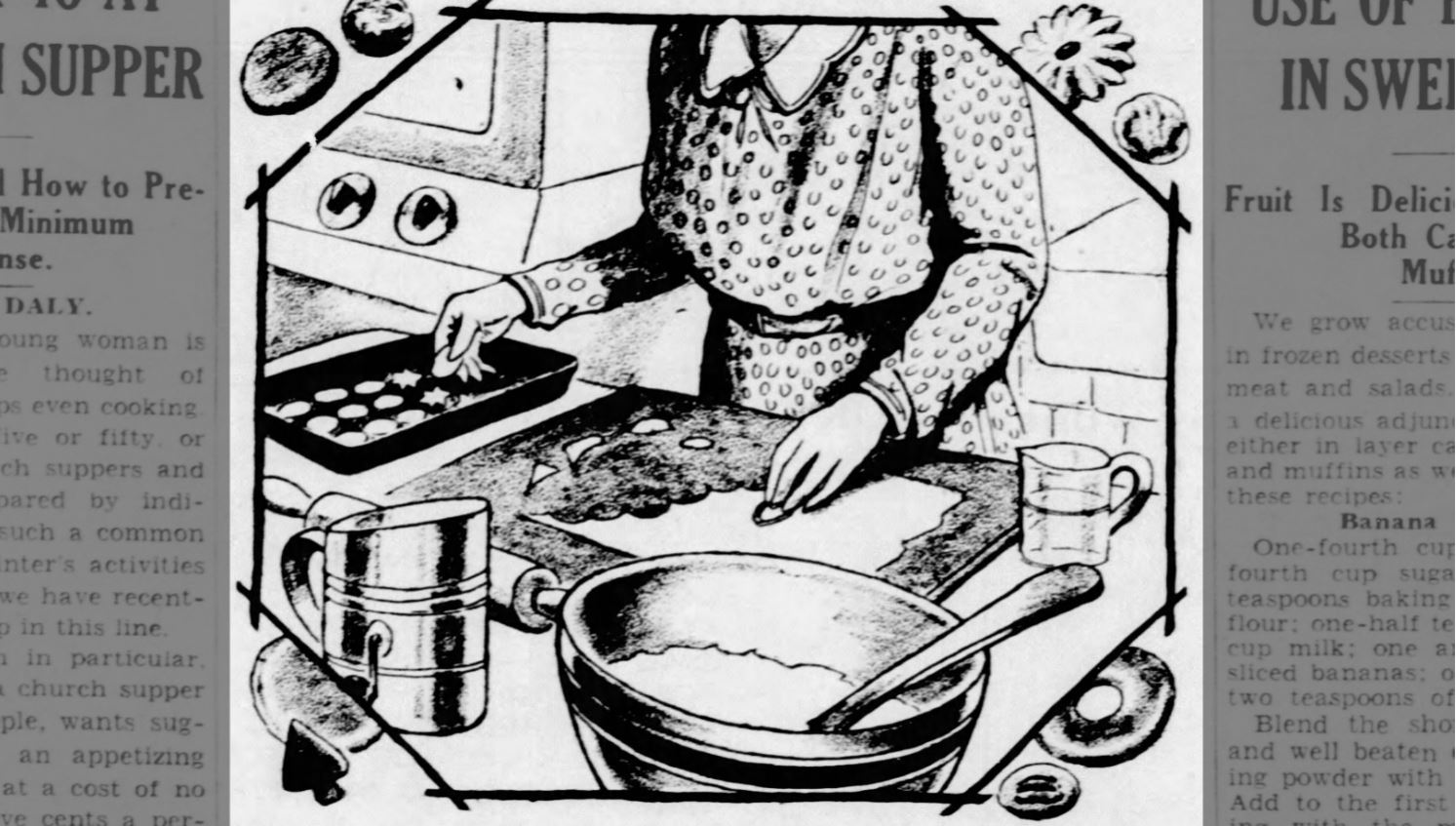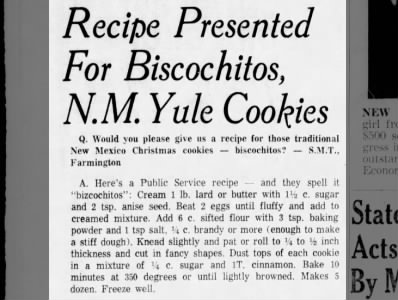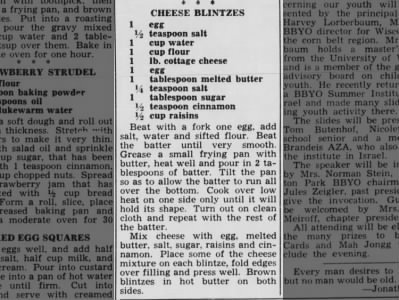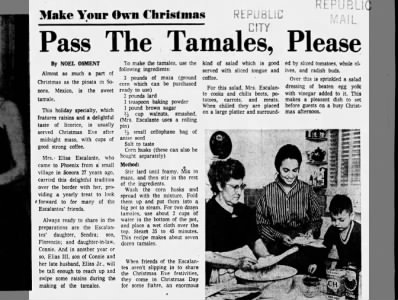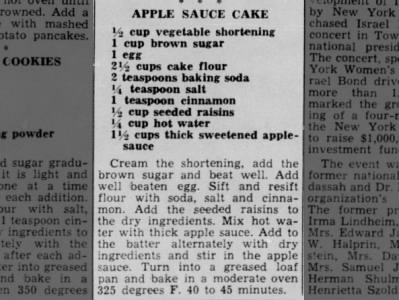Re-print from Family Tree Magazine
By Amy Johnson Crow

City and county directories are fantastic resources for genealogy research. Unlike the US census, which is taken once a decade, city and county directories are often published annually or every other year. This gives you more opportunities to put our ancestors in a specific place at a specific time. City directories are also indispensable when researching a house history.
Ancestry.com has a huge collection of digitized city directories. Its collection “U.S. City Directories, 1822-1995” has more than 1.5 billion records. (It’s also the third most-popular collection on the site, behind Public Member Trees and the 1940 federal census.)
Perhaps because of the size of the collection, many people think that if the directory isn’t on Ancestry.com, it doesn’t exist. Yes, Ancestry’s collection is enormous, but it doesn’t have everything.
Don’t worry! There are lots of places to look for the directories you need—and those listed below are free.
1. The public library in the city or county of interest
Public libraries often collect directories for their own city and county. Start with their online catalogs. However, many libraries don’t list each year of the directory they hold. The catalog might list only the earliest year, or give a range of years with no indication of missing volumes. If you don’t find what you’re looking for in the catalog, contact the library. (Bonus: Some libraries have digitized directories for their area. I recently discovered several Columbus city directories on the website of the Columbus Metropolitan Library.)
2. MyHeritage
More specifically, search the free Compilation of Published Sources on MyHeritage, which contains a variety of types of books in addition to city directories.
3. Internet Archive
Besides hosting the Wayback Machine, Internet Archive has digitized millions of items, including city and county directories. To find them, begin with a basic search of city directory or county directory (For example, Indianapolis city directory or Nassau county directory.)
4. Google Books
Use the same search strategy that you would on Internet Archive. However, be aware that some results may only be a snippet or preview of the full directory.
5. Online Historical Directories Website
This website has links to hundreds of online directories. Also check out Linkpendium and Cyndi’s List (note that some of the links on these sites lead to fee-based resources).
6. WorldCat
If the local public library doesn’t have the directory you need and you can’t find it digitized online, look it up in WorldCat to see what other libraries have it.
Though Ancestry.com’s collection of city directories is massive, it doesn’t include all of the ones that have been published. The local public library and other websites can help you fill in the gaps.

